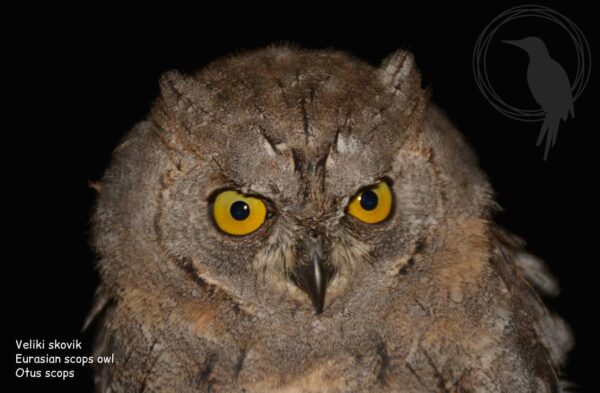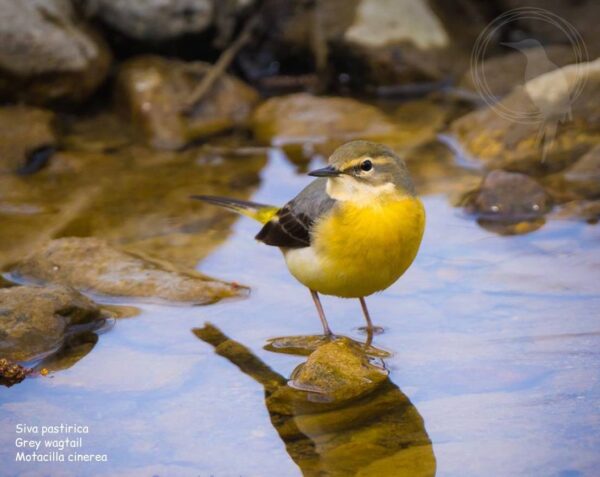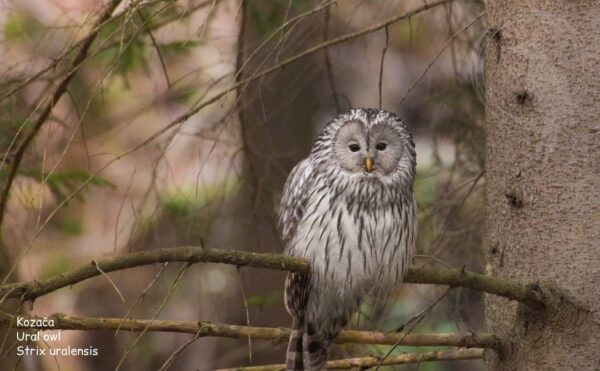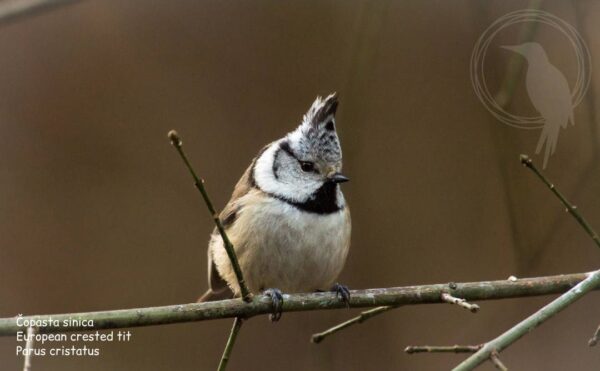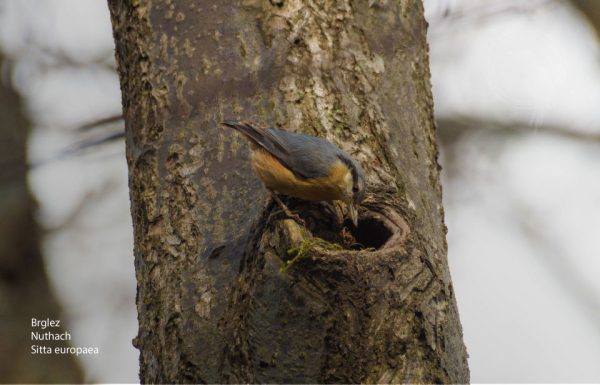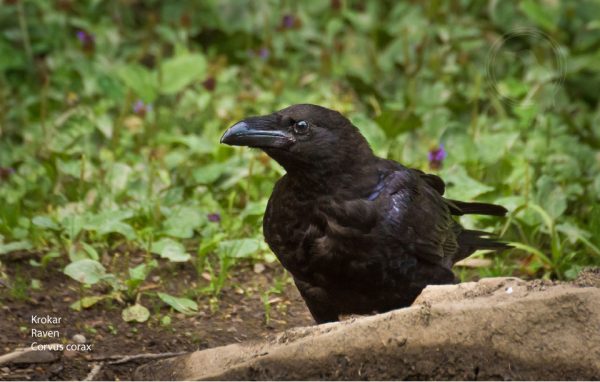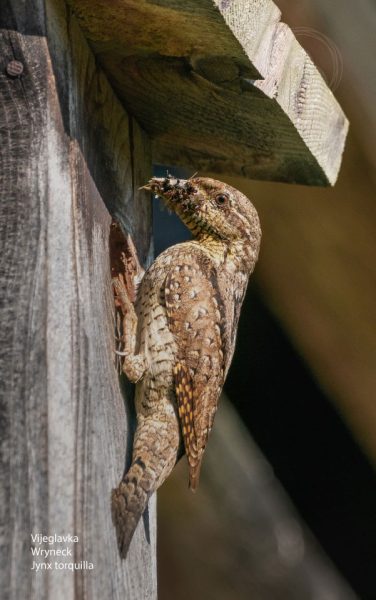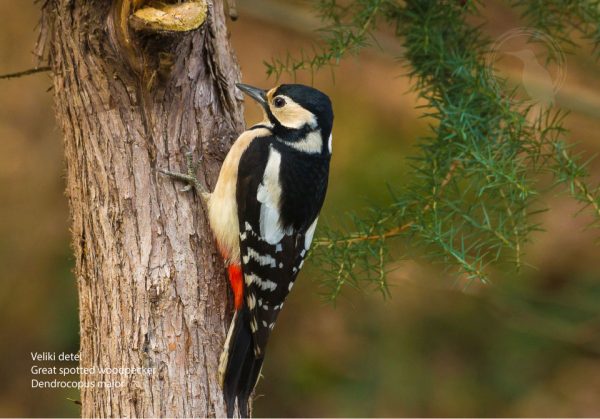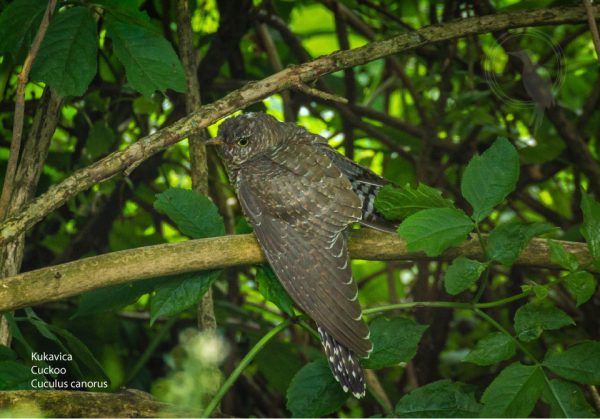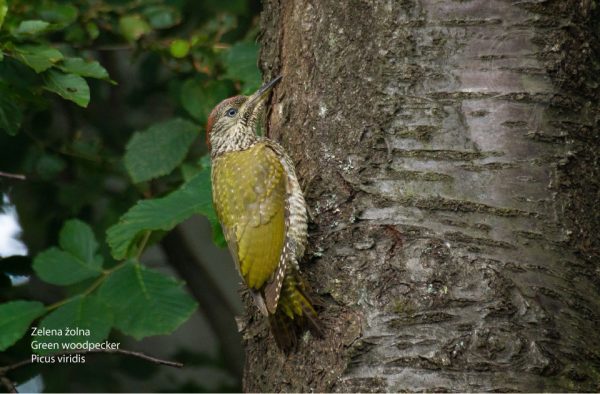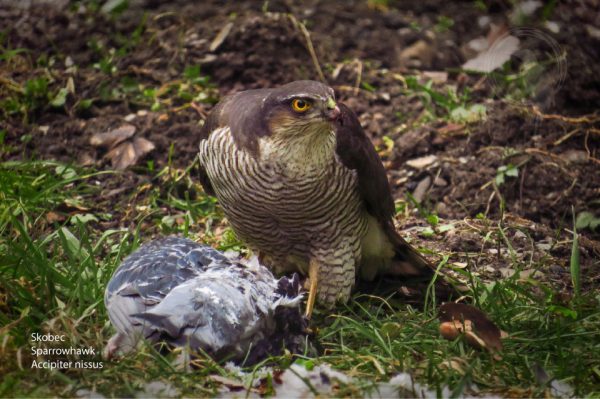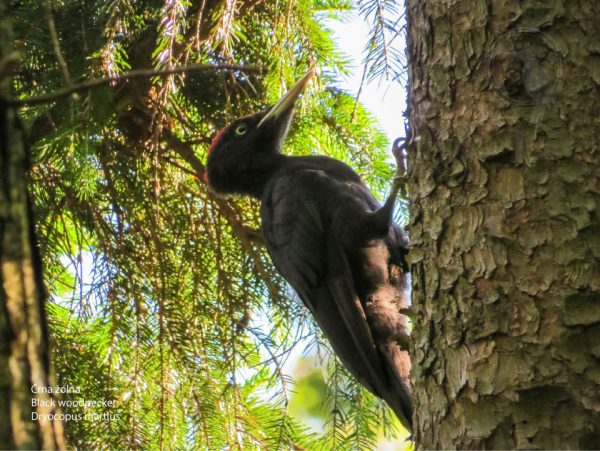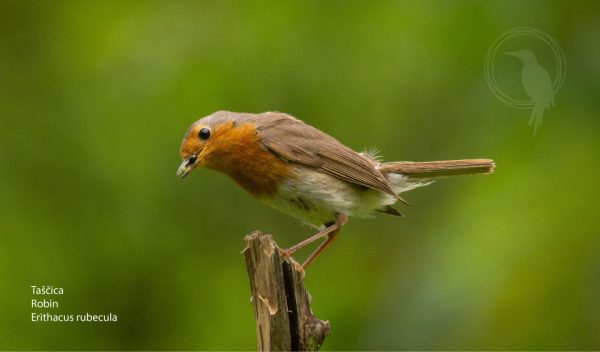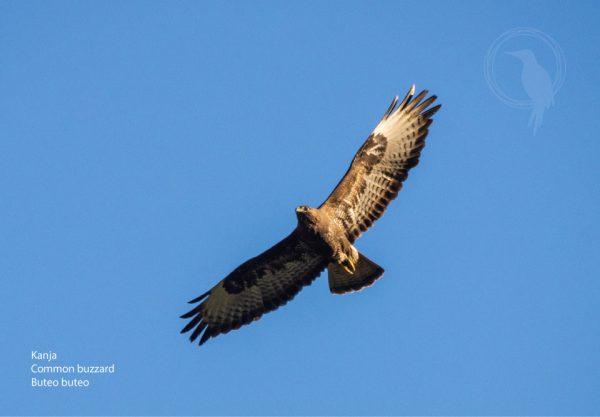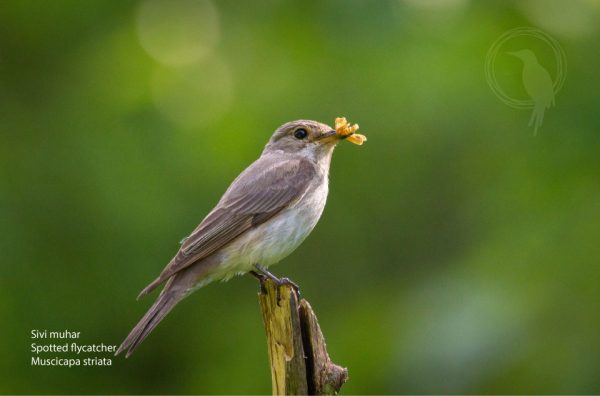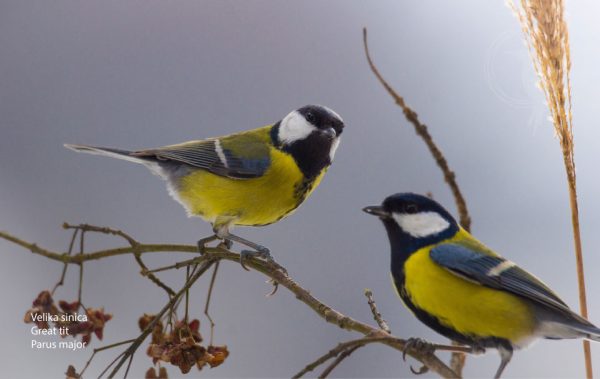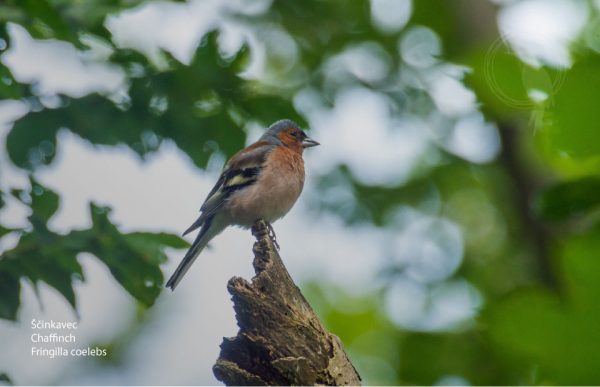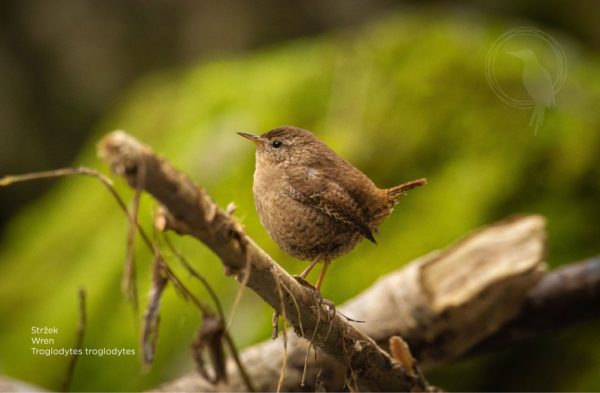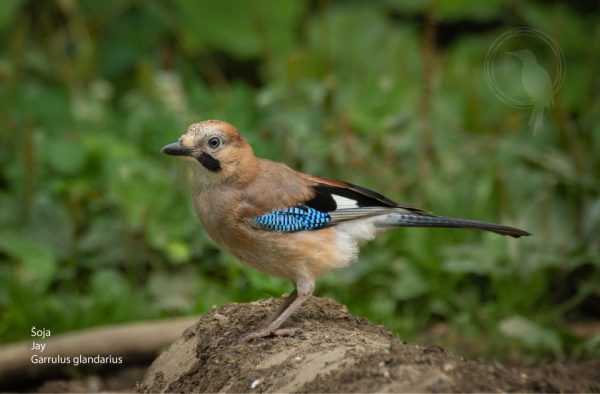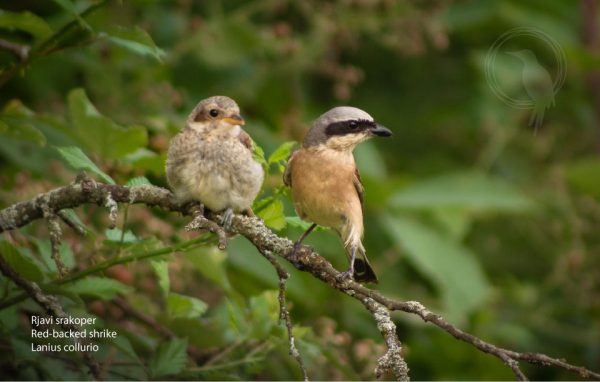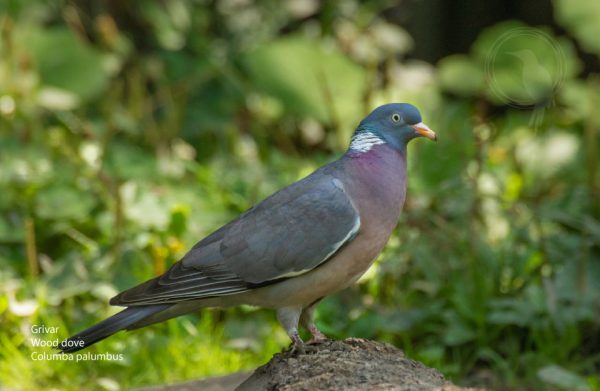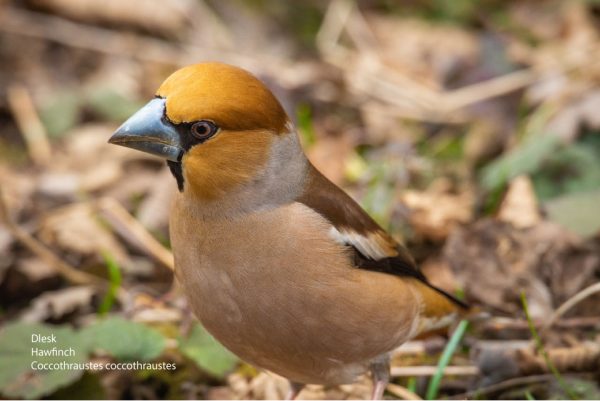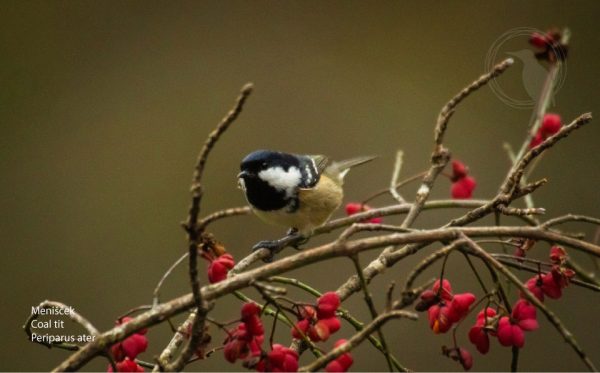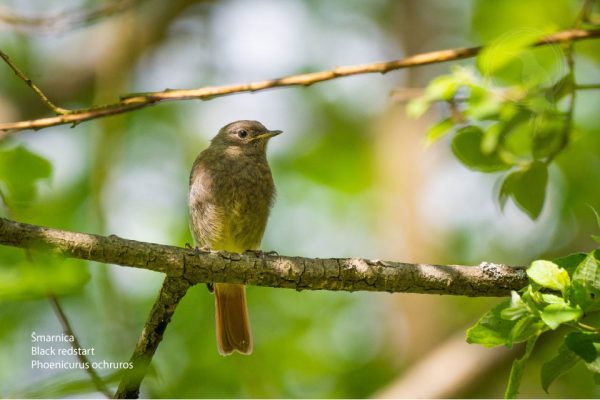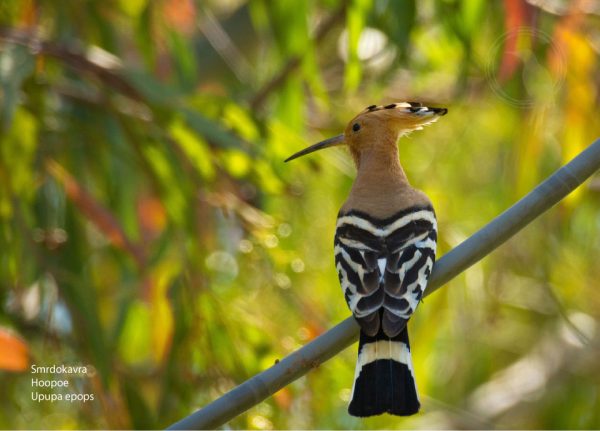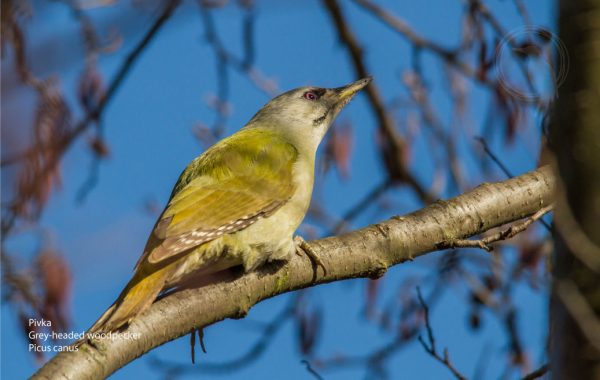Listen to the birds as you walk through flowering meadows or meadow orchards. You will soon recognise them by their distinctive advertisement.
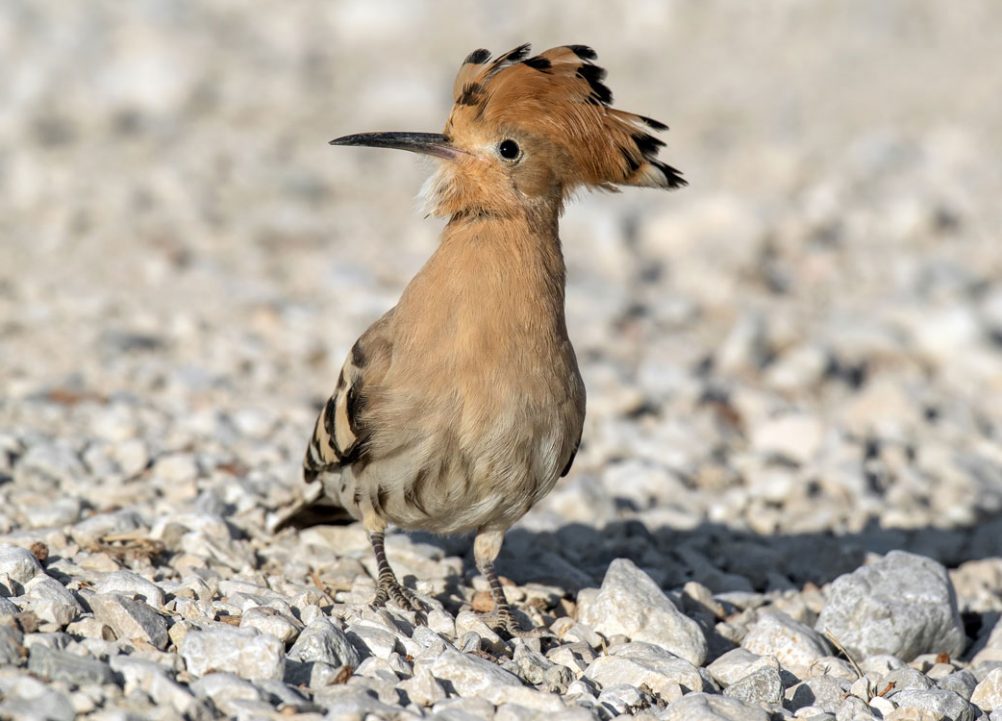
The bird species in the list below follow each other in taxonomic order. First, the English and Latin names. At the end is a status code for each species. The letter “G” indicates a nesting bird, i. e. it nests on or in the immediate vicinity of the property. If the status is different, it is described.
- Mallard – Anas platyrhynchos
- Grey heron – Ardea cinerea____preletnik
- Common buzzard – Buteo buteo___G
- Marsh harrier – Circus aeruginosus
- Sparrowhawk – Accipiter nissus_____G
- Kestrel – Falco tinnunculus_____G
- Peregrine – Falco peregrinus
- Wood dove – Columba palumbus____G
- Cuckoo – Cuculus canorus______G
- Black woodpecker – Dryocopus martius______G
- Green woodpecker – Picus viridis______G
- Grey-headed woodpecker – Picus canus______G
- Great spotted woodpecker – Dendrocopus major______G
- Lesser spotted woodpecker – Dendrocopus minor______G
- Wryneck – Jynx torquilla_____G
- Common swift – Apus apus
- Hoopoe – Upupa epops
- Barn swallow – Hirundo rustica______G
- House martin – Delichon urbicum______G
- Tree pipit – Anthus trivialis_______G
- White wagtail – Motacilla alba_______G
- Dunnock – Prunella modularis________G
- Robin – Erithacus rubecula_______G
- Black redstart – Phoenicurus ochruros_______G
- Song thrush – Turdus philomelos________G
- Mistle thrush – Turdus viscivorus________G
- Blackbird – Turdus merula________G
- Blackcap – Sylvia atricapilla________G
- Chiff chaff – Phylloscopus collybita________G
- Goldcrest – Regulus regulus_______G
- Firecrest – Regulus ignicapillus________G
- Wren – Troglodytes troglodytes________G
- Spotted flycatcher – Muscicapa striata________G
- Great tit – Parus major_______G
- Coal tit – Periparus ater________G
- Blue tit – Cyanistes caeruleus________G
- Marsh tit – Poecille palustris_________G
- Willow tit – Poecille montanus________G
- Long-tailed tit – Aegithalos caudatus_________G
- Nuthach – Sitta europaea__________G
- Long-toed treecreeper – Certhia familiaris_________G
- Short-toed treecreeper – Certhia brachydactyla_______G
- Red-backed shrike – Lanius collurio__________G
- Hooded crow – Corvus cornix_______G
- Jay – Garrulus glandarius_______G
- Raven – Corvus corax
- Starling – Sturnus vulgaris______G
- Oriole – Oriolus oriolus______G
- House sparrow – Passer domesticus______G
- Tree sparrow – Passer montanus_______G
- Chaffinch – Fringilla coelebs_______G
- Goldfinch – Carduelis carduelis_______G
- Greenfinch – Carduelis chloris_______G
- Siskin – Spinus spinus
- Serin – Serinus serinus_____G
- Bullfinch – Pyrrhula pyrrhula_____G
- Hawfinch – Coccothraustes coccothraustes______G
- Crossbill – Loxia curvirostra______G
- Yellowhammer – Emberiza citrinella______G
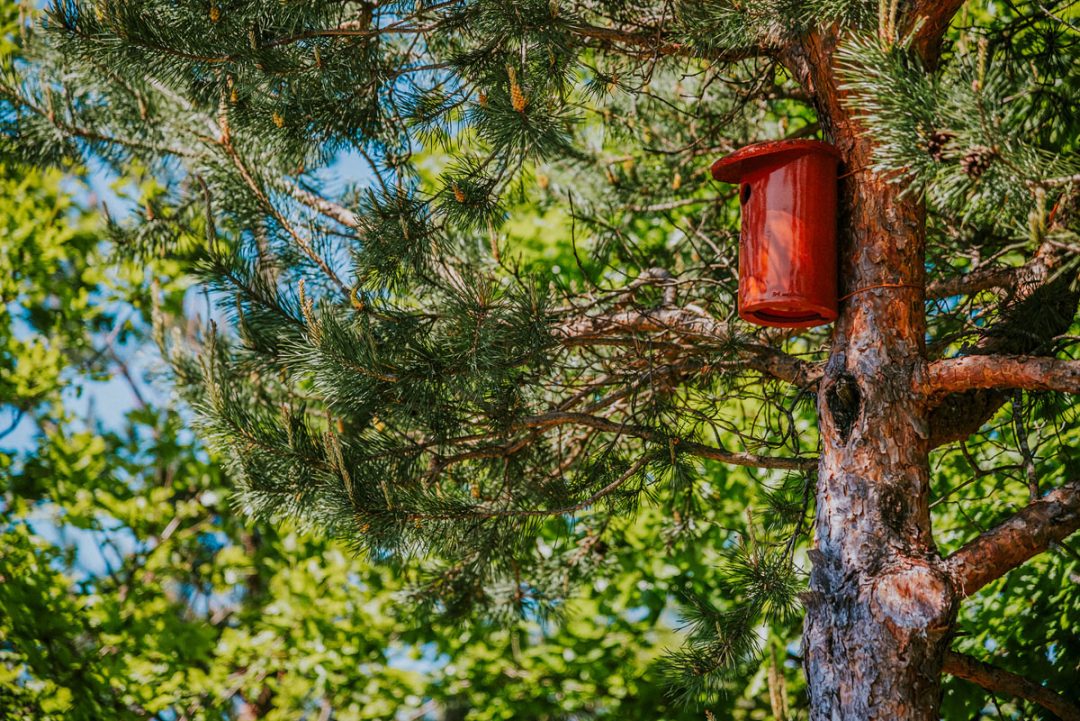
Zaplana is home to dozens of specially made wooden and clay nest boxes, which you can observe on a walk along the forest edge, through meadow orchards or through the forest.
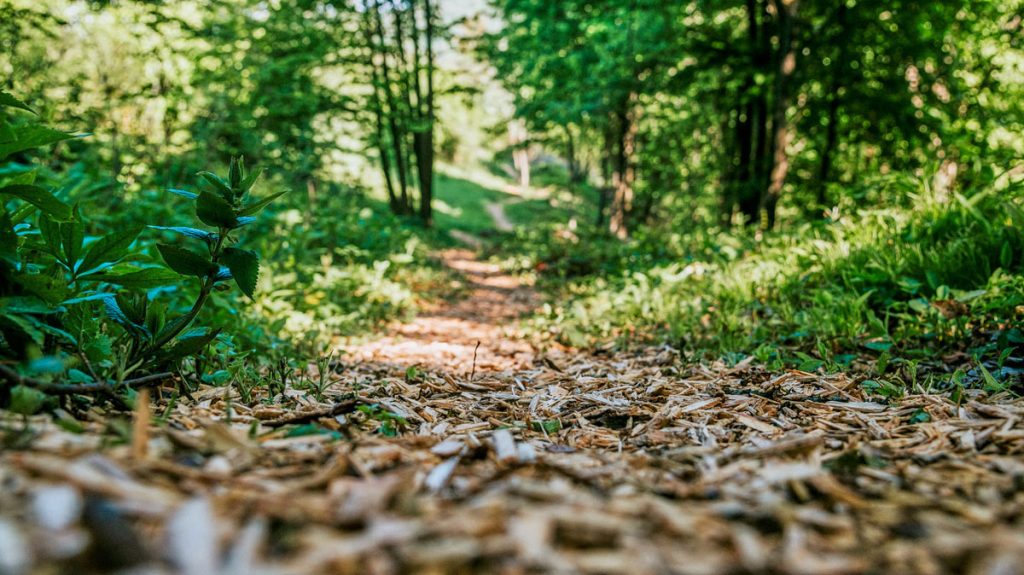
Wedding on Zaplana
Have you ever thought of getting married in the middle of green nature, under a mighty linden tree, accompanied by birdsong? And then a picnic to remember. Come to Zaplana above Ljubljana!
BOOK NOW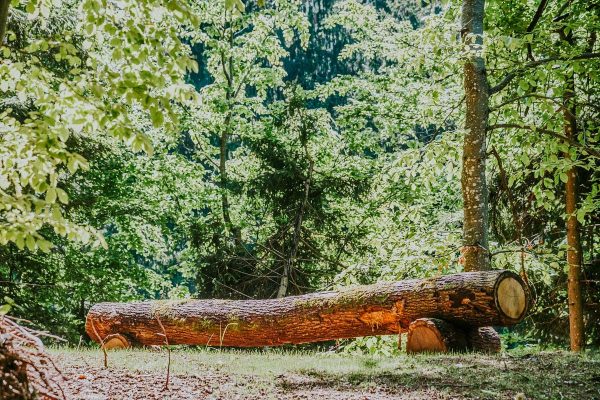
Filming and photography
The green landscape surrounded by mighty trees, flowering meadows, meadow orchards and shrubs, and endless paths is the ideal setting for filming and photography.
BOOK NOW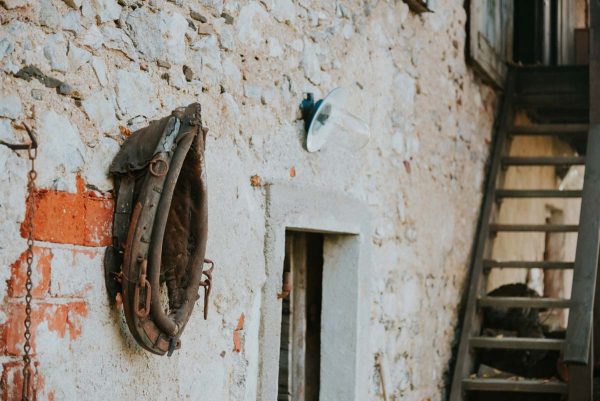
An unforgettable day
Special wishes and special events are always a challenge. At Zaplana, there are many possibilities for various activities, culinary experiences, self-indulgence, children’s games and other.
BOOK NOW
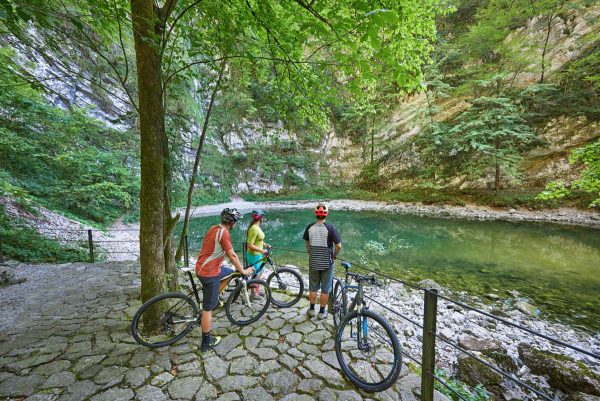
Wild Lake
The mysterious karstic Wild Lake nearby Idrija belongs among the pearls of the Slovenian natural heritage.
MORE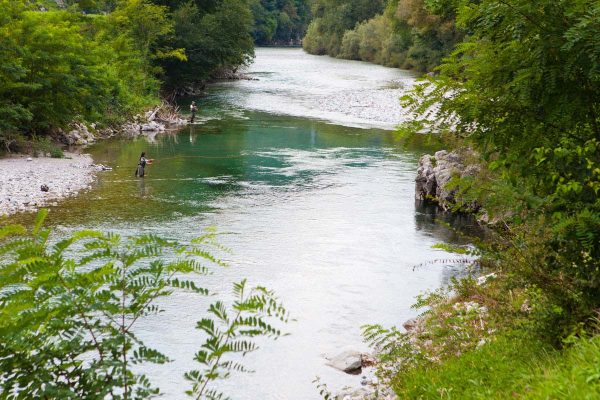
Fishing in Karst waters
Have you ever fished in a sinking river or in an intermittent lake?
MORE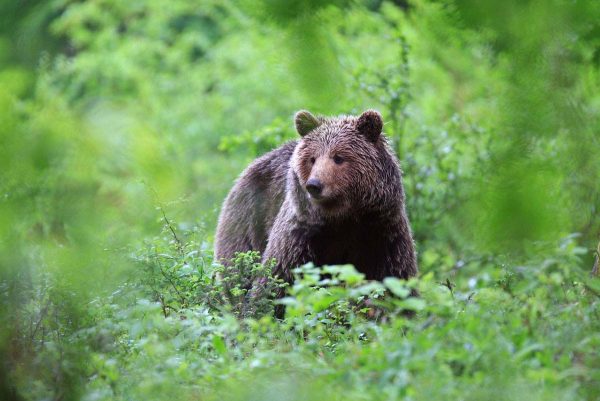
Bear watching
Experienced guides take you on a safe adventure of observing the brown bear (Ursus arctos) in its natural environment – the forest.
MORE
